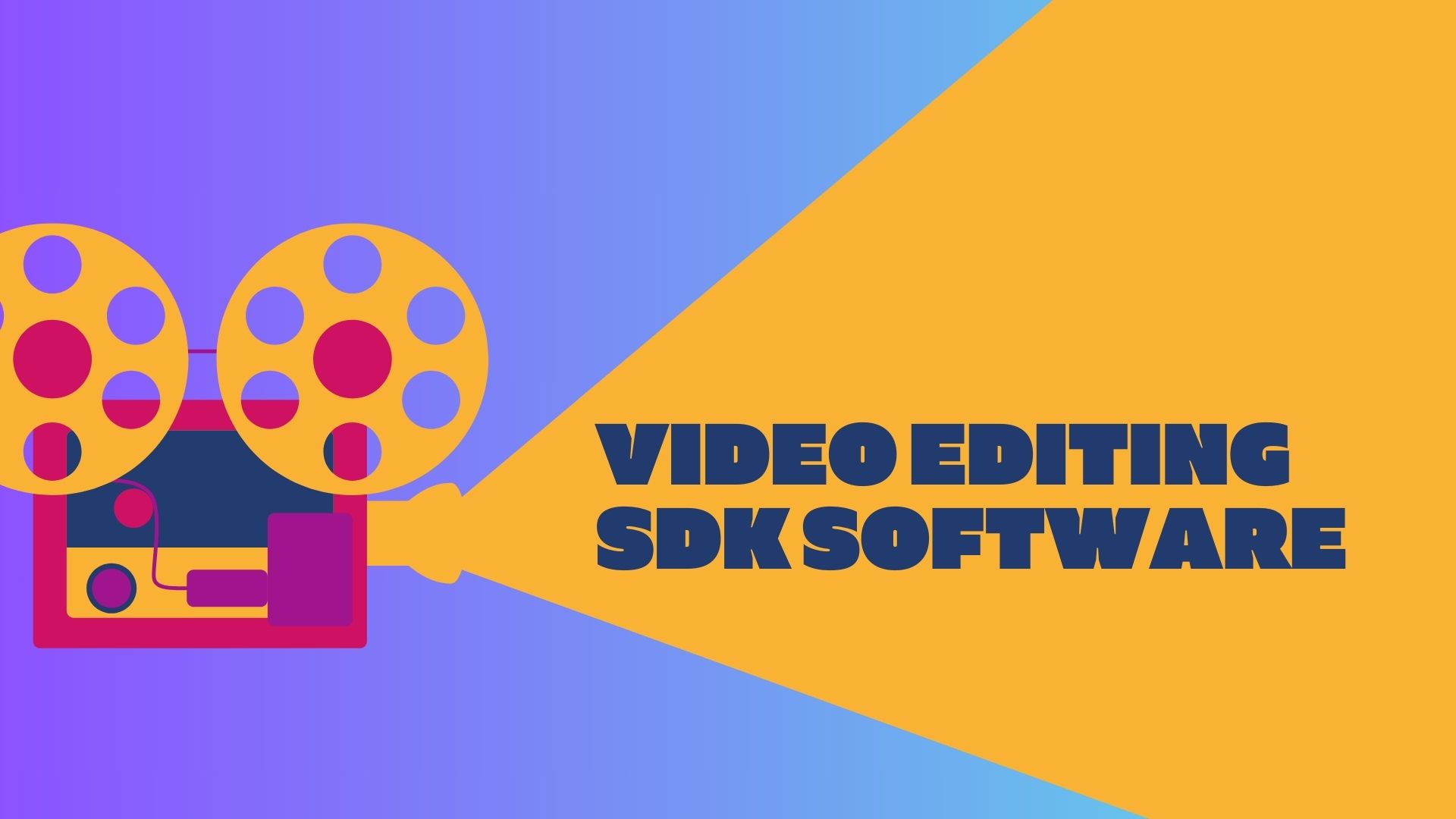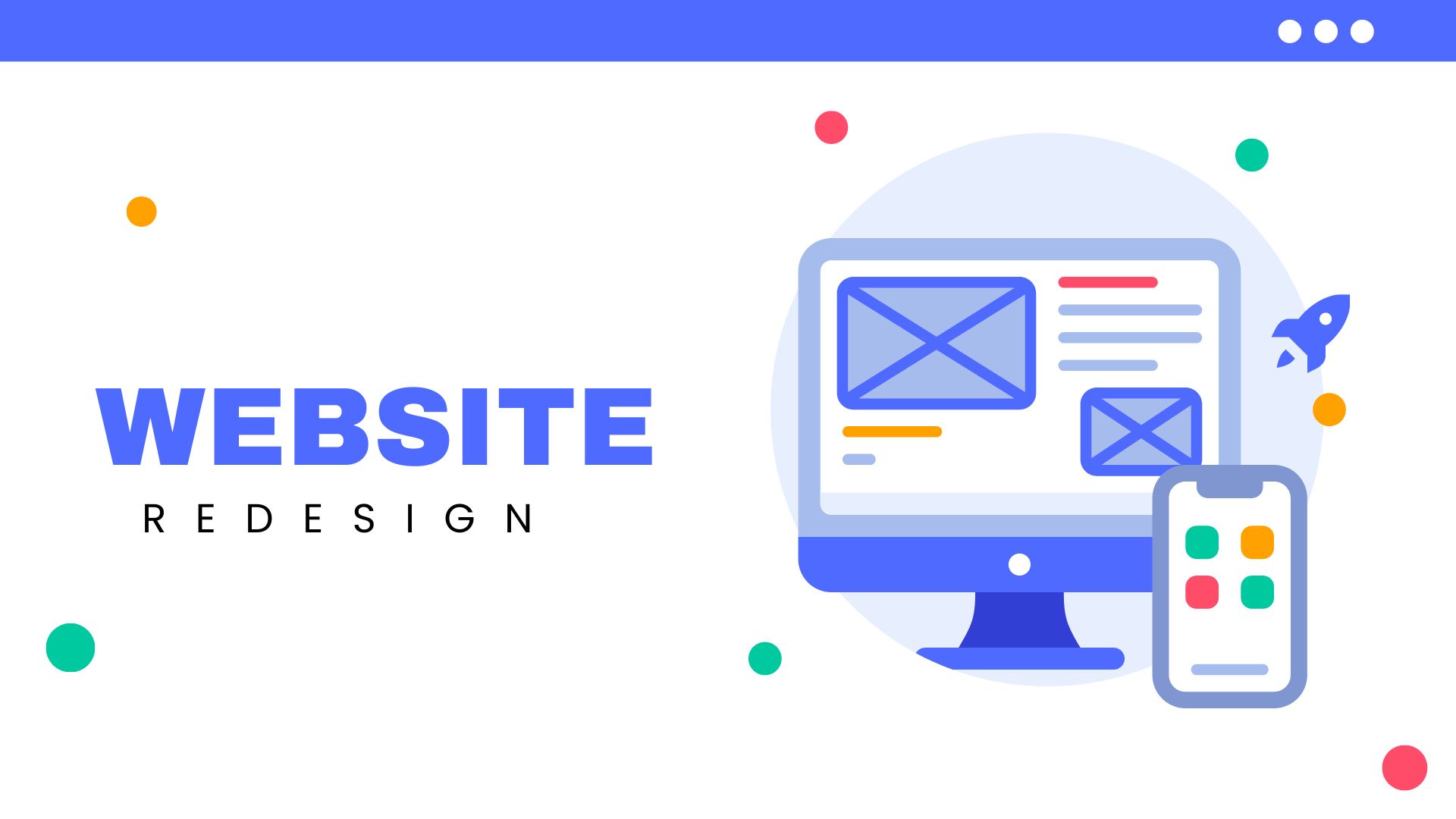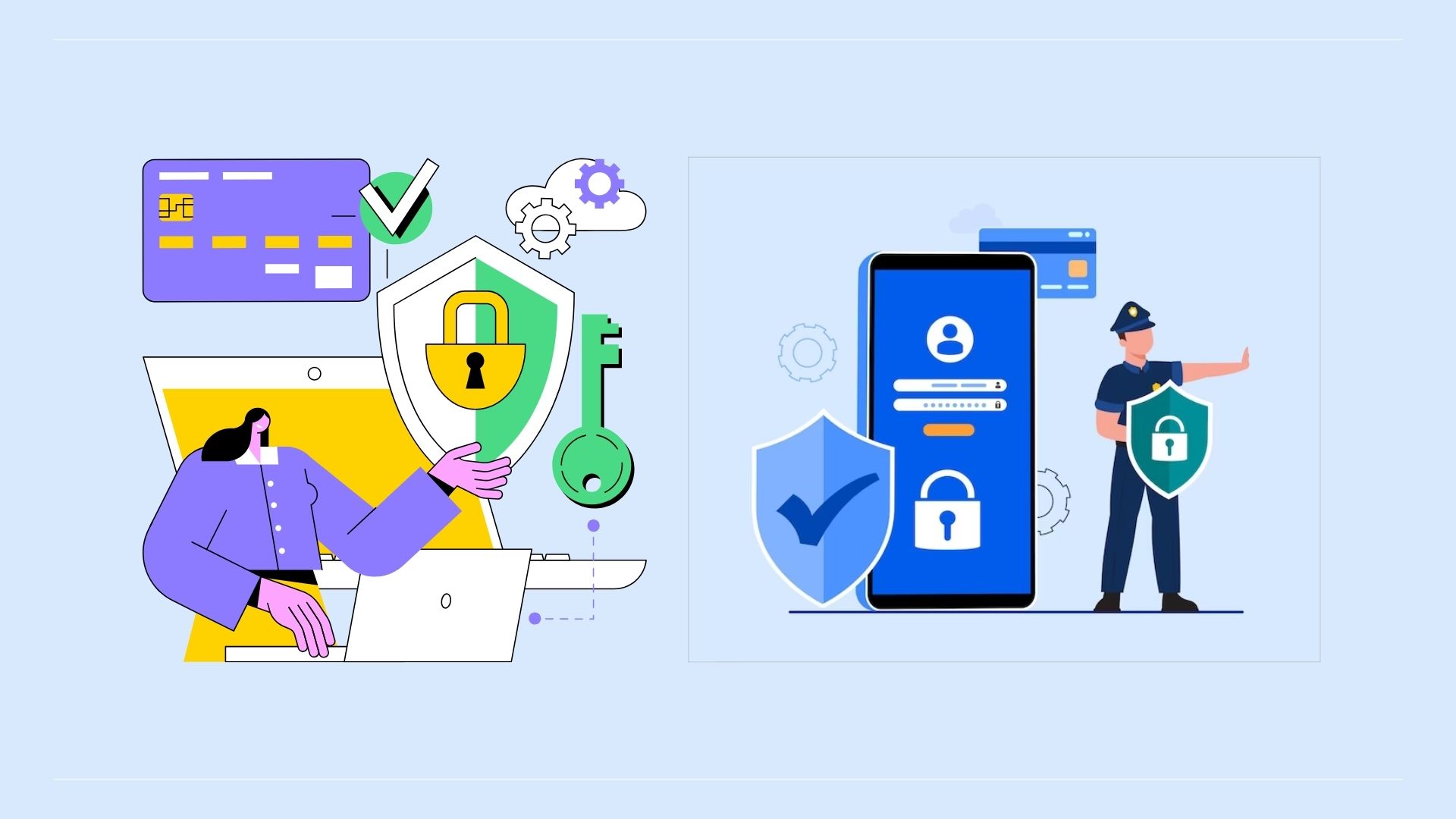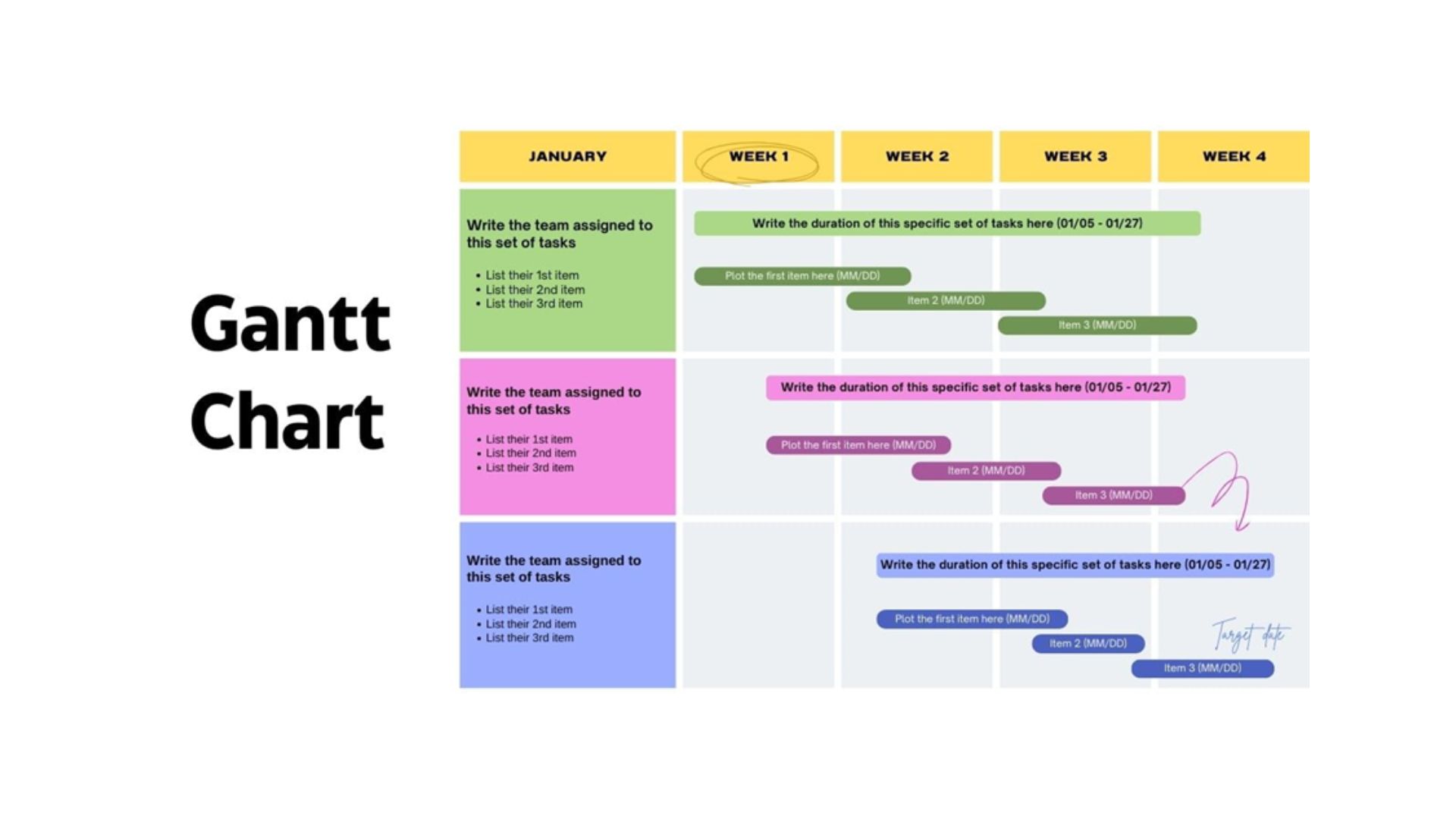5 Lessons from Data Analytics Ninjas
WHAT WE HAVE ON THIS PAGE
Not long ago Enterprise Apps Today highlighted four data analytics success stories, companies that are successfully using data analytics to do some pretty awesome things. The one that caught the fancy of many folks on Twitter was Canadian utility BC Hydro’s analysis of data from smart meters to reduce electricity theft, much of it from marijuana growers who need constant light for their crops.
 BC Hydro feeds meter data into a Pivotal Greenplum database and an EMC data lake for analysis, then ties the data into SAP systems and proprietary systems that employ geospatial features to detect discrepancies in voltage patterns. “Analytics is helping us achieve our goal of a 75 percent reduction in electrical theft,” said Elizabeth Fletcher, deputy director of the utility’s Smart Metering and Infrastructure Program.
BC Hydro feeds meter data into a Pivotal Greenplum database and an EMC data lake for analysis, then ties the data into SAP systems and proprietary systems that employ geospatial features to detect discrepancies in voltage patterns. “Analytics is helping us achieve our goal of a 75 percent reduction in electrical theft,” said Elizabeth Fletcher, deputy director of the utility’s Smart Metering and Infrastructure Program.
Buoyed by this success, BC Hydro is adding predictive analytics from SAS into the mix in order to conduct what is known as energy balancing, measuring the exact amount of energy coming into the grid and reconciling it against the amount consumed. Getting a success under your belt before expanding your initiative is a best practice for data analytics – and for many if not most technology projects. It can help convince the skeptics and lay a strong foundation for expansion, meaning subsequent efforts should go more smoothly.
Enterprise Apps Today looked at companies featured in the piece about success stories, as well as companies mentioned in other recent articles about data analytics, to find out some other things they are doing right:
Identify a Problem Data Analytics Can Solve
This one sounds so obvious, but sadly it is not. It is easy for people to get caught up in the latest “cool technology” craze – whether or not they actually need it. Gartner calls out the phenomenon in its Hype Cycle, a methodology it created to illustrate technology adoption. There is a reason Gartner’s Trough of Disillusionment follows the Peak of Inflated Expectations.
Richard Barclay, program manager, Advanced Analytics, for ConocoPhillips, an early adopter of Big Data analytics, offered some good advice during a presentation at a conference attended by Enterprise Apps Today‘s Sean Michael Kerner: “My recommendation is to find a problem to solve, find a goal, and let that drive the development of your program,” Barclay said.
In ConocoPhillips’ case, the energy giant uses analytics to identify where to drill for oil and how deep to drill. Its goal is to get the most oil possible from each resource. Similarly, BC Hydro wanted to cut down on fraudulent use of electricity, and used data analytics to do so.
Do Not Neglect Data Governance
Deriving value from data is a big part of Walmart CIO Karenann Terrell’s job, Kerner discovered during another presentation at the same conference. Terrell chairs a committee on responsible data use and governance that brings together Walmart’s lines of business, chief merchants and customers. One of the primary goals for the committee is preserving Walmart customers’ privacy. “Privacy and trust are the primary commodities you have in a customer business. We wouldn’t violate that,” Terrell said.
Other functions for data committees or teams, as outlined by Rex Ahlstrom, chief strategy officer for BackOffice Associates, in a column for Enterprise Apps Today, include documenting data governance processes and defining the standards and strategy to support them.
Try Data Visualization
ConocoPhillips combines predictive analytics models with outputs of visualization and raw data. The company created a system called CAVE – collaborative analytics and visualization environment – to do so. It is one of the key ways the company removes what Barclay calls “friction” between data and users of data. “If you can remove the friction, things will accelerate,” he said.
Among the benefits of data visualization, as outlined by Bill Franks, chief data officer for Teradata: Visuals help bring data analysis to life, they support decision making instead of just reporting historical data, and they democratize data with flexible, self-service environments.
Data visualization also helps make data analytics more fun, another suggestion offered by Barclay. “We haven’t taken a heavy hand with data. We’re trying the Tom Sawyer approach, building something that sounds like fun and people want to participate in and benefit from,” he said.

Public relations, digital marketing, journalism, copywriting. I have done it all so I am able to communicate any information in a professional manner. Recent work includes creating compelling digital content, and applying SEO strategies to increase website performance. I am a skilled copy editor who can manage budgets and people.








